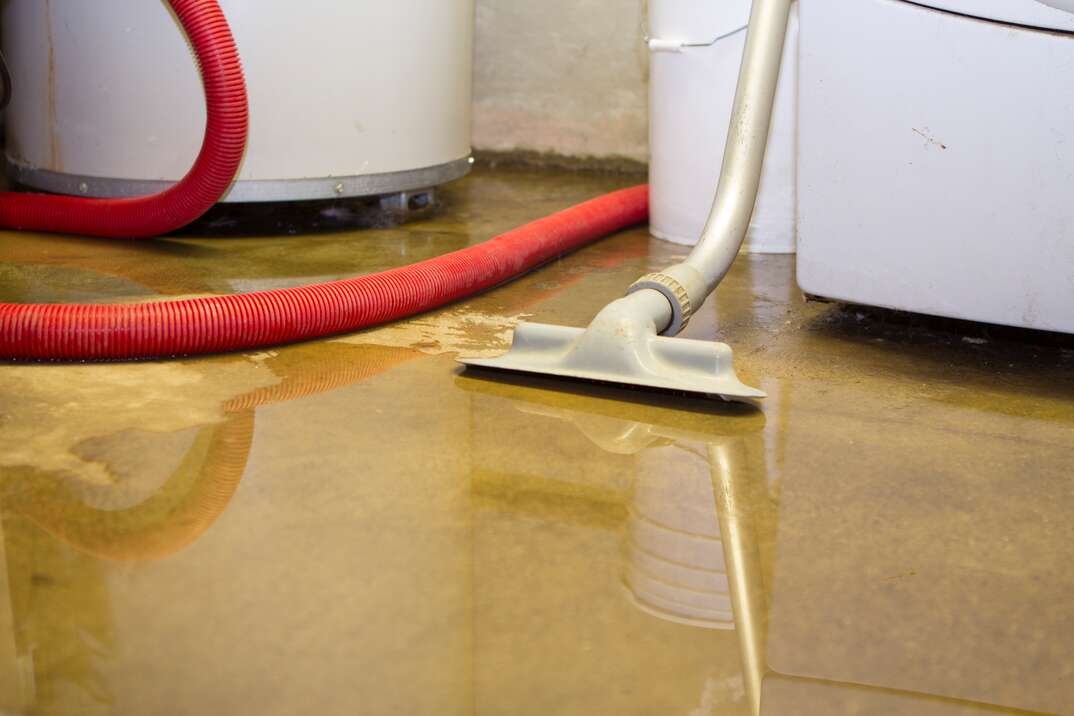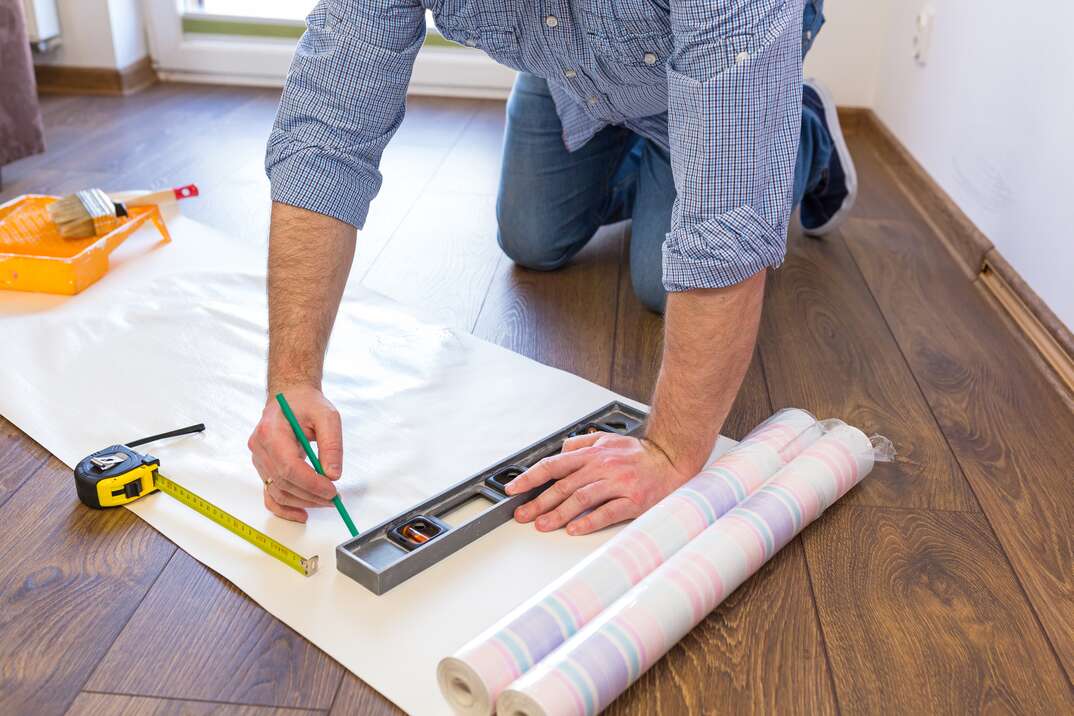How Much Does It Cost to Waterproof a Basement?

Basement waterproofing is a necessary practice that can help protect your home from storms, melting snow and rainwater. While waterproofing your basement can be expensive, the costs associated with reversing water damage, refinishing your basement and replacing damaged items in the event of a flood are usually much higher.
This May Also Interest You: What to Do When Your Basement Floods
Wondering what waterproofing will do to your wallet? Here’s a cost breakdown.
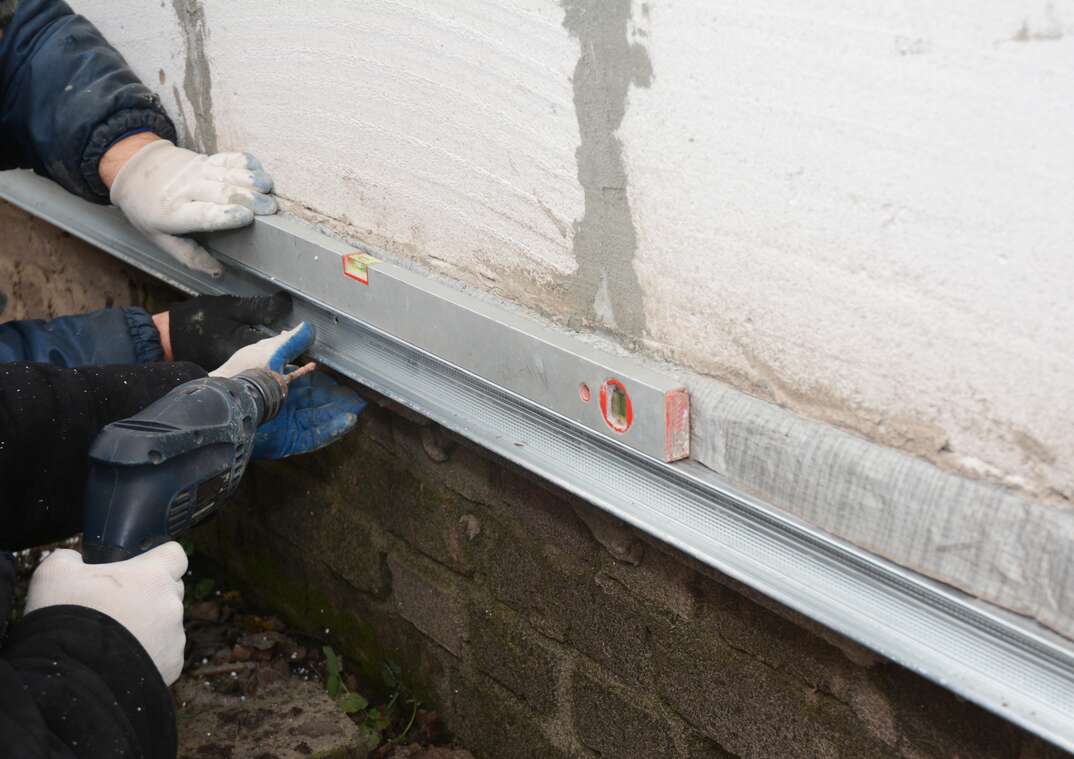
How Much Does Waterproofing Cost?
The cost of waterproofing a basement varies based on a number of factors — the primary one being the square footage of your home. On average, homeowners can expect to pay $5 to $10 (CAD 6 to CAD 12) per square foot for basement waterproofing costs.
According to HomeGuide, it costs between $1,500 and $4,250 (CAD 1,900 and CAD 5,300) to seal a basement. Filling a foundation crack costs around $500 (CAD 625).
In larger homes or cases where there is more severe damage, expect to pay between $2,500 and $5,000 (CAD 3,100 and CAD 6,250).
If drainage is the root of the problem, replacing downspouts and gutters can cost $4 to $8 (CAD 5 to CAD 10) per linear foot.
Is Waterproofing a Basement Worth It?
With such a high price tag, many homeowners will find themselves wondering if the basement waterproofing cost is really worth it. According to the New York Times, around 60% of homes in the U.S. have moisture problems. If left untreated, minor issues can lead to water damage, mold and even structural problems in your house. The long-term damage caused by unchecked foundation leaks or dampness in the basement can actually devalue your home, costing you more money down the line.
Is Basement Waterproofing Covered by Insurance?
If you've been battling with wet basement walls for some time, you should call in a contractor for an inspection or an estimate of the basement waterproofing cost. But if you're hoping the next step is to call insurance and get coverage for the waterproofing system, you'll be in for some disappointment.
Waterproofing your basement is not typically covered by homeowners insurance policies. Your insurance is designed to help in the case of unexpected, sudden damage. It doesn't usually cover preventative measures designed to reduce the risk of those events happening. Unfortunately, those costs fall on the homeowner.
More Related Articles:
- I Live in a Flood Zone … Should I Finish My Basement?
- No Water in the Basement! Here’s How to Protect Your Home From Severe Flooding
- My Basement Flooded … Now What? 7 Steps to Take in the Aftermath of a Flood
- How to Use a Moisture Meter
- Sump Pump Alarm Going Off? Here’s What to Do Next
Can You Seal a Basement From the Inside?
If you want to seal your basement from the inside, you can opt for interior basement waterproofing. This is the most effective option if you frequently deal with wet basement walls and want to spend as little money as possible. Exterior waterproofing is more comprehensive and, therefore, costlier.
Interior waterproofing involves laying basement drain tile to create an effective basement drainage system. This drainage tile will be installed in the lowest point of your basement to siphon water away from the foundation, reducing excess moisture in your home. Interior waterproofing doesn't prevent the water from entering the foundation wall; it just minimizes the damage.
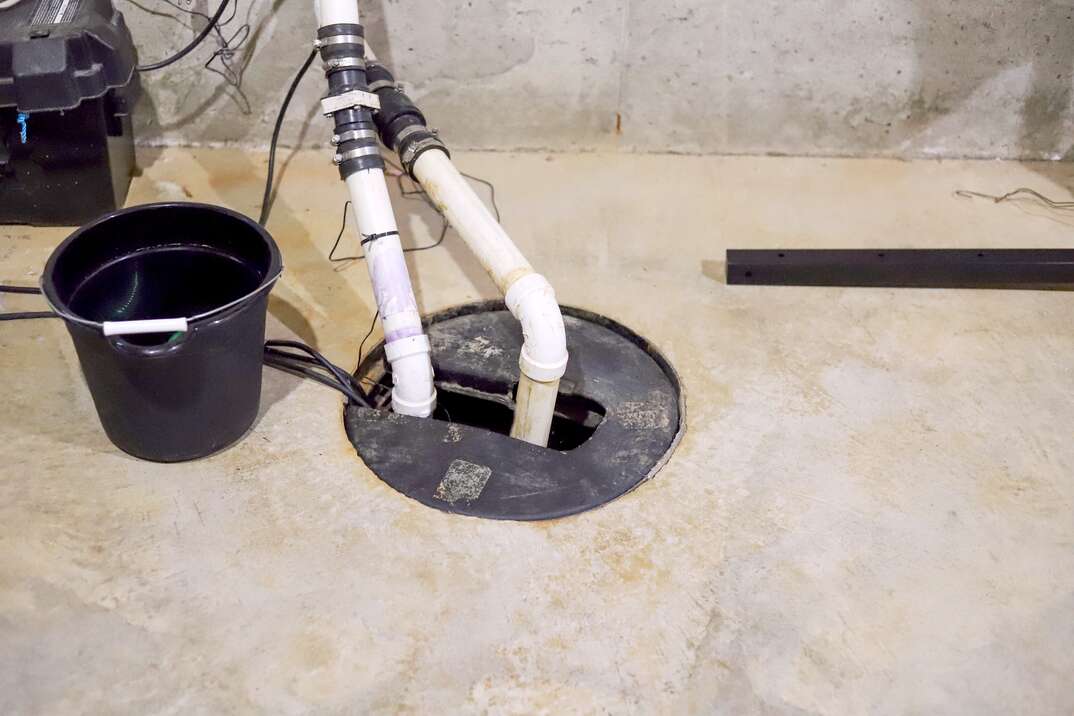
Another simple fix for water in the basement is installing a sump pump. A sump pump sends water away from your home to a storm drain or something similar so that it can't do any damage to the house. These pumps are usually connected to your home's electrical system with a battery backup and will kick on when there's an influx of water.
Basement Waterproofing Solutions
There are several approaches to sealing your basement:
- Exterior waterproofing
- Adding interior drainage
- Applying sealants
That last one is something you can do yourself. The first thing you’ll want to do — before you purchase any sealing products — is to remove any paint from the cinderblock or cement walls in your basement. Sealant only adheres to the bare masonry wall. Applying sealants typically acts as a temporary solution, but it can be helpful if a full drainage system or foundation repair is currently out of your price range.

There are several exterior projects that can help keep water out of your basement. You can create a perimeter drain to siphon rain and groundwater away from the foundation. Or, try landscaping your yard so that the grade of the ground encourages the water to drain away from the house. Full basement drainage systems can also be useful investments for keeping your basement dry.
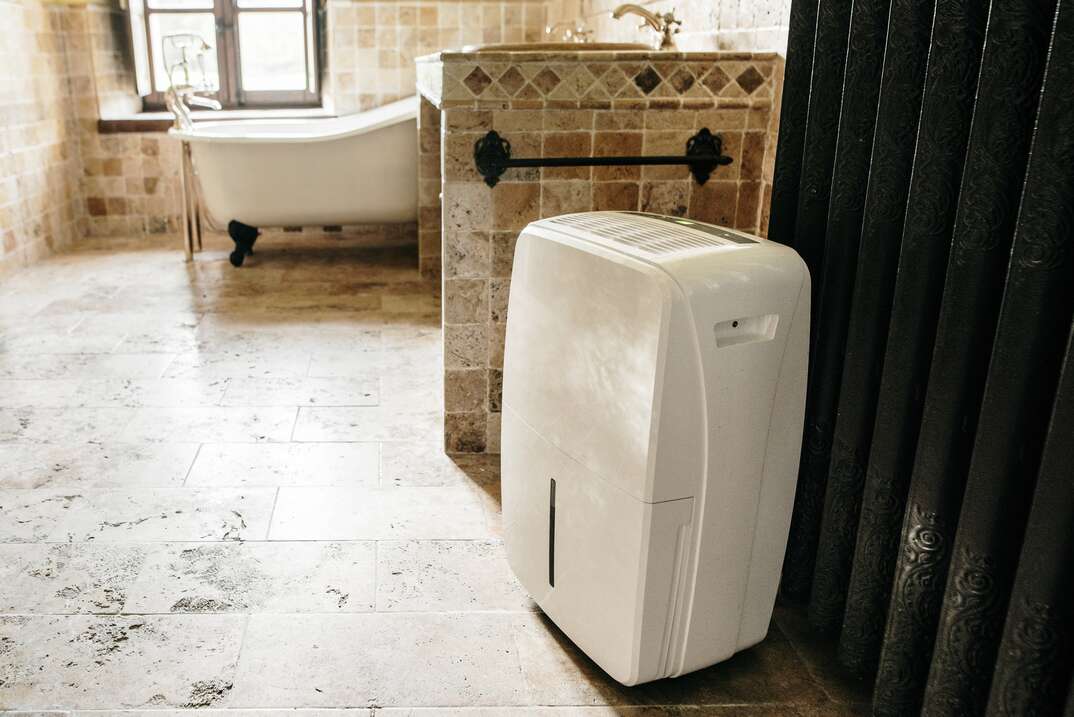
If moisture problems in your basement occur because of condensation and humidity, you can put a dehumidifier in the basement or insulate the walls.

